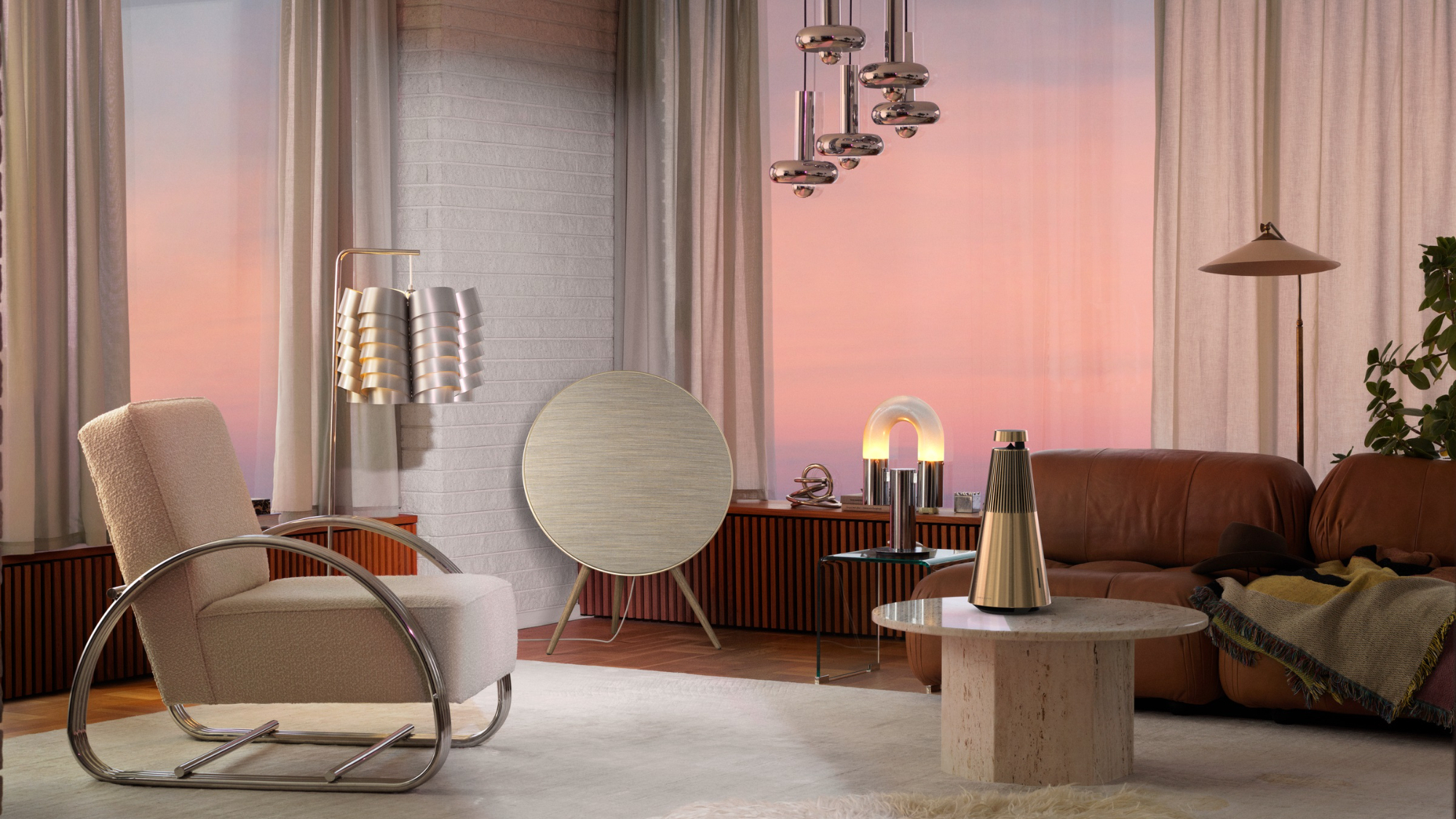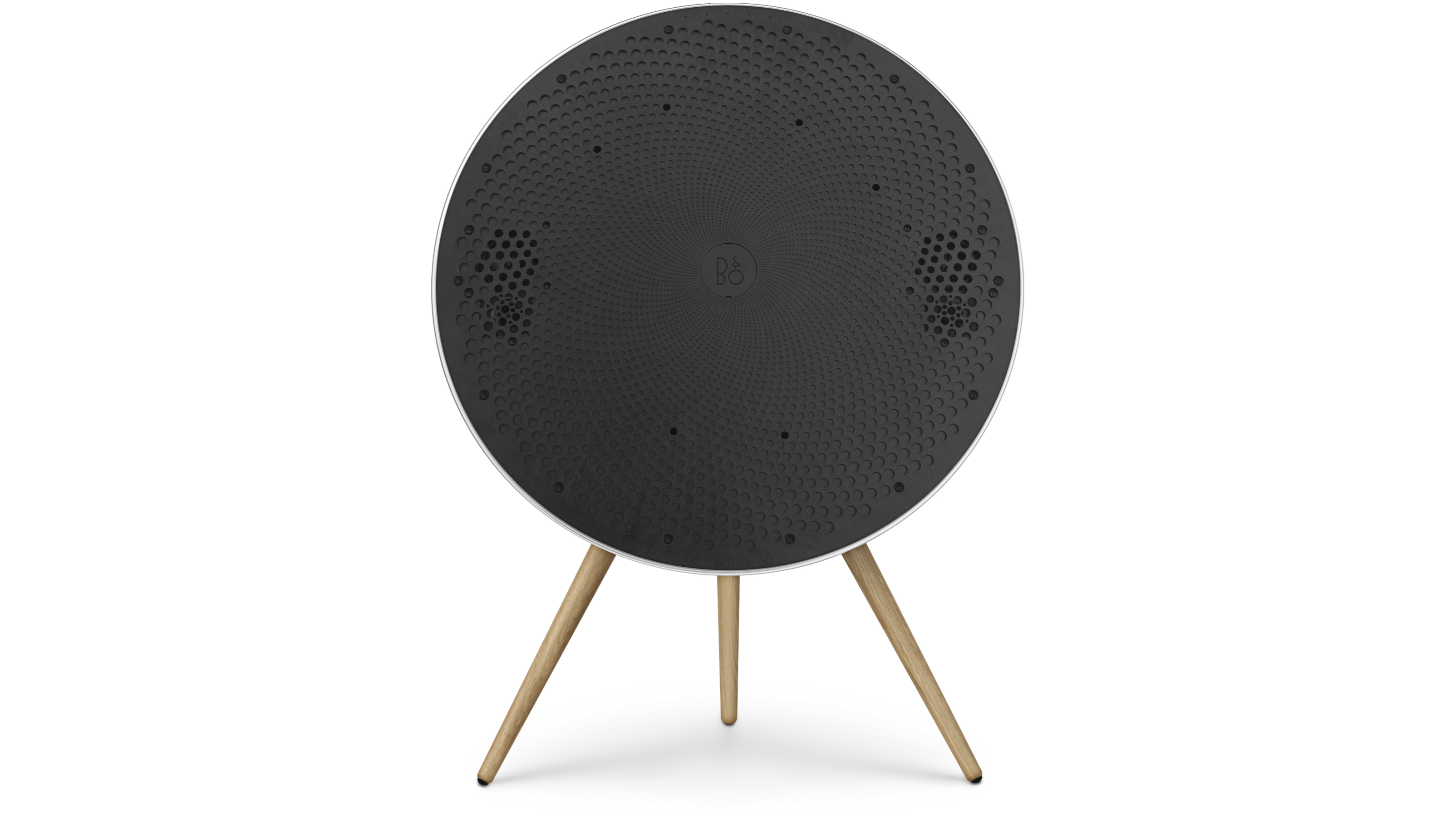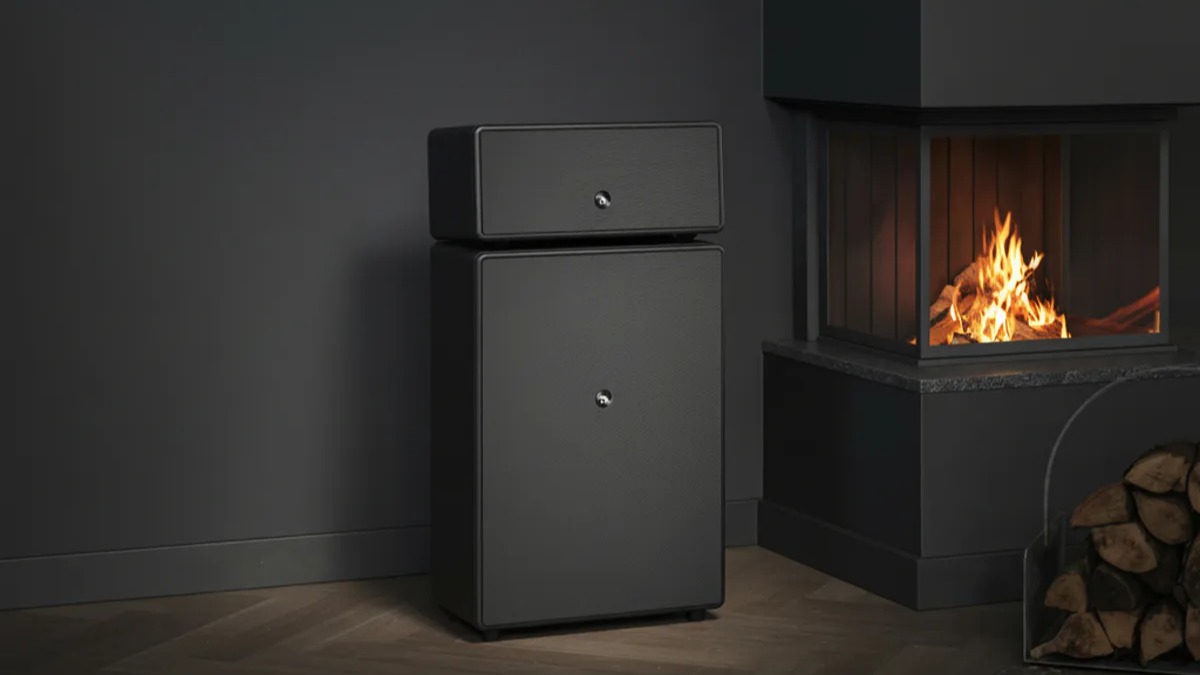Bang & Olufsen reveals new future-proofed Beosound A9 and Beosound 2 wireless speakers
The Beosound range is being made ready for the future

Stylish high-end audio pioneer Bang & Olufsen has announced updates for two wireless speakers in its Beosound range. The fifth generation of the Beosound A9 and the third generation of the smaller Beosound 2 will both launch with new colours, features and an updated design, along with a future-proofing module that will ensure the speakers’ longevity with new technologies.
The oval A9 speaker will now come in three new standard finishes: Black Anthracite, Gold Tone and Natural Aluminum. An improved interface in the new model allows you to change volume by sliding a hand across the surface, while a simple tap controls skipping, playing or pausing instantaneously.
The Beosound 2 retains its unique conical shape for 360-degree sound, but adds a new Black Anthracite finish to join the already available shades of Gold Tone and Natural. There’s also an upgraded interface for easier use, as well as Active Room Compensation. This will allow the Beosound 2 to “detect” its position in a room and adjust its sound accordingly to provide an optimised listening experience, claims B&O.
The big new improvement coming to both models, though, is the addition of Bang & Olufsen’s Mozart software platform, a move designed to essentially future-proof current models and products so that they can be updated or revised to correlate with changes or innovations in platforms and software.

Central to this is a replaceable module that B&O claims is so powerful that it can receive software updates and features “for many years to come”. If the connectivity or streaming platform becomes obsolete or outdated, the module can simply be replaced as and when it becomes necessary. Both speakers, theoretically, can integrate into any multi-room system well into the future.
This isn’t the first time we’ve seen B&O referencing the capabilities of its Mozart programme. The company’s new Theatre Dolby Atmos soundbar, for instance, is designed to outlast the very TV it originally accompanied by continually introducing new features and connectivity to whatever new products or services it is paired with.
The Beosound A9 (fifth generation) will be available from March, with prices starting from £2,899 / $3,699 / €3,299 – certain finishes and accessories will cost extra. The Beosound 2 (third generation) will be available from April, and will cost £2649 / $3199 / €2999 for the base model.
The latest hi-fi, home cinema and tech news, reviews, buying advice and deals, direct to your inbox.
MORE:
Check out our original Beosound 1 review
These are the best wireless speakers
Read all about Bang & Olufsen's Dolby Atmos soundbar

Harry McKerrell is a senior staff writer at What Hi-Fi?. During his time at the publication, he has written countless news stories alongside features, advice and reviews of products ranging from floorstanding speakers and music streamers to over-ear headphones, wireless earbuds and portable DACs. He has covered launches from hi-fi and consumer tech brands, and major industry events including IFA, High End Munich and, of course, the Bristol Hi-Fi Show. When not at work he can be found playing hockey, practising the piano or trying to pet strangers' dogs.
